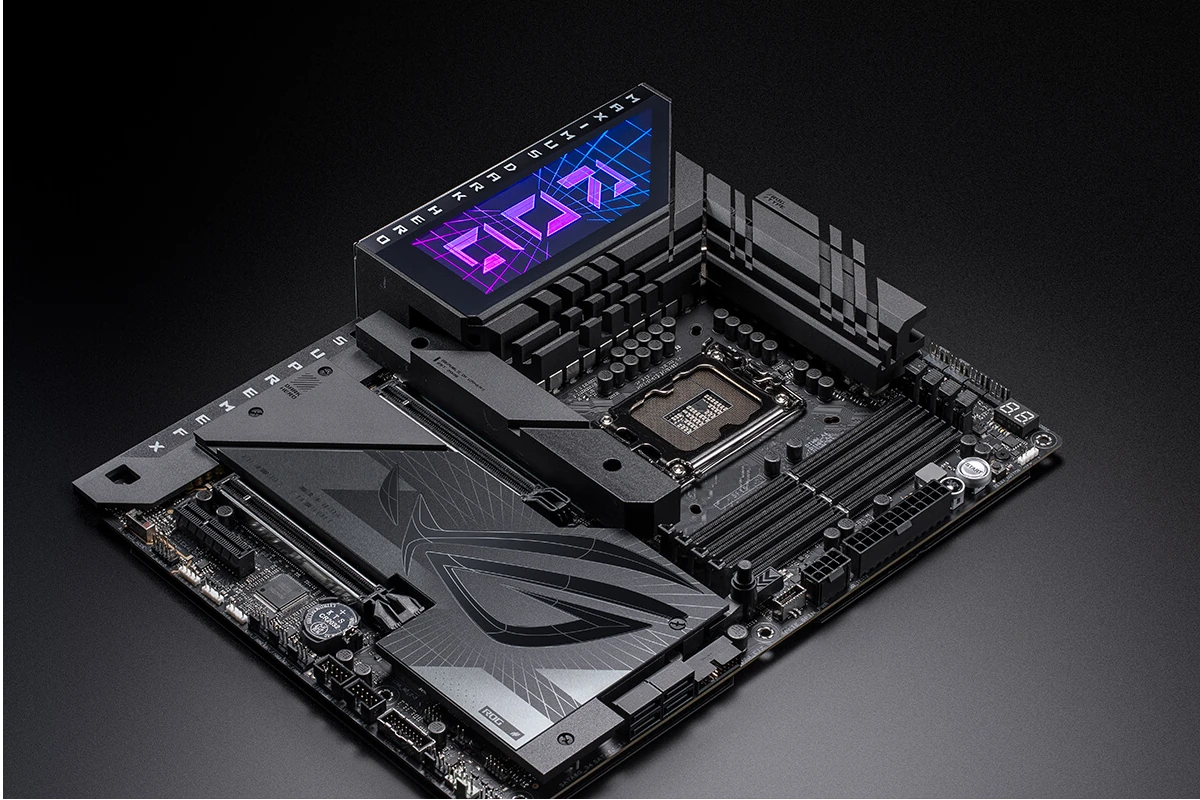When you’re building a PC, the motherboard is a crucial component that can determine the capabilities and future scalability of the system. High-end motherboards come with features such as advanced overclocking, more connectivity options, and enhanced power delivery. They may offer benefits like support for multiple GPUs, high-speed networking, and comprehensive cooling solutions. The decision to invest in such a motherboard depends on an individual’s specific needs and whether these advanced features align with their computer usage.
For most users, a basic or mid-range motherboard can meet their needs at a lower cost. These motherboards can support mainstream CPUs effectively and come with a sufficient number of ports and slots for everyday use. The necessity for a high-end motherboard becomes apparent for people who demand extreme performance, such as gamers, professional video editors, and tech enthusiasts who seek the highest possible speeds, future-proofing, and expansion capabilities. Choosing whether to purchase a high-end motherboard is not a straightforward yes or no decision. It requires carefully considering one’s requirements, budget, and whether the additional features will be utilized to their full potential.
Are High-End Motherboards Worth the Investment
What Sets High-End Motherboards Apart?
High-end motherboards pack a punch with premium features. They boast robust power delivery systems for stable overclocking, top-notch audio components for immersive sound, and plentiful connectivity options for all your peripherals. You’ll find support for faster RAM speeds and multiple GPUs for a performance boost. Plus, they often have enhanced cooling solutions to keep your system running smoothly.
When Does a High-End Motherboard Make Sense?
If you’re a hardcore gamer or a content creator who demands peak performance, a high-end motherboard is a worthy investment. It unlocks the full potential of your CPU and GPU, allowing you to push them to their limits. Overclocking enthusiasts will appreciate the stability and headroom these motherboards offer.
Balancing Cost and Benefits
High-end motherboards come with a hefty price tag. It’s crucial to weigh the benefits against your budget and needs. If you’re a casual user who primarily browses the web, watches videos, or plays light games, a mid-range motherboard might be a more practical choice. However, if you’re serious about performance and future-proofing your build, a high-end motherboard is worth considering.
Features to Consider
| Feature | Benefit | Importance |
|---|---|---|
| VRM (Voltage Regulator Module) | Provides stable power delivery to the CPU. | Crucial for overclocking and high-performance CPUs. |
| Audio Codec | Determines the quality of onboard audio. | Important for audiophiles and gamers who value immersive sound. |
| Connectivity Options | Includes USB ports, M.2 slots, SATA ports, and more. | Essential for connecting various peripherals and storage devices. |
| RAM Support | Determines the maximum speed and capacity of supported RAM. | Impacts overall system performance and multitasking capabilities. |
| PCIe Slots | Used for GPUs and other expansion cards. | Important for multi-GPU setups and future upgrades. |
Making an Informed Decision
Ultimately, the decision to buy a high-end motherboard depends on your individual needs and budget. Consider your usage patterns, performance expectations, and future upgrade plans. If you prioritize top-tier performance, advanced features, and future-proofing, then a high-end motherboard might be the right fit for you. However, if you’re on a tight budget or have more modest needs, a mid-range motherboard can still deliver a satisfying experience.
By carefully evaluating the benefits and costs, you can make an informed decision that aligns with your PC building goals and ensures a fulfilling computing experience.
Key Takeaways
- A motherboard’s role is pivotal in determining a PC’s capabilities and upgrade potential.
- High-end motherboards are beneficial for users with specific advanced needs, while mid-range boards suffice for general use.
- The decision to buy a high-end motherboard should be based on user needs, budget, and the value of advanced features.
Evaluating the Necessity of High-End Motherboards
When deciding if a high-end motherboard is a good investment, it is important to consider various factors. These include compatibility with current and future technology, connectivity options, performance capabilities, build quality, the size of your PC case, and the budget you have for your PC build.
Compatibility and Future-Proofing
High-end motherboards often support the latest processors and RAM types, like Intel Raptor Lake or AMD Ryzen 7000 with DDR5 memory. This means you might not have to upgrade as soon. The motherboard’s socket and chipset determine CPU compatibility. AMD AM4 sockets work with certain AMD CPUs while Intel’s Z790 and B660 chipsets pair with their respective processors.
Enhancements in Connectivity and Expansion
Good motherboards come with more USB ports, including USB 3.1 and Type-C, and slots for SSDs and graphics cards. They may also have features like Thunderbolt 3, which offers fast data transfer, and M.2 slots for NVMe SSDs. This lets users connect more devices at once and expand their system easily.
Improved Performance for Overclocking and Gaming
For those who want to push their CPUs or GPUs beyond standard speeds, high-end motherboards offer better overclocking support. This is because they have better voltage regulator modules (VRMs) and capacitors that manage power more effectively. Gamers and tech enthusiasts often prefer these motherboards for their advanced performance options.
Ensuring Reliability and Build Quality
Top-notch motherboards have premium components and strong build quality. This includes capacitors and heatsinks that help with cooling. Good power delivery is crucial for system stability, especially under high loads, and these motherboards have better power phases and VRMs to ensure reliable performance.
Form Factor and PC Build Considerations
Motherboards come in various sizes—ATX, E-ATX, Mini-ITX, and Micro-ATX. E-ATX boards are bigger and fit in large cases with room for many components. Smaller boards like Mini-ITX are for compact PC builds. The form factor affects how many components you can fit on the board and thus the potential of the PC build.
Pricing and Value for Different User Groups
High-end motherboards can be expensive. Gamers and professionals like content creators or those who need powerful workstations may find the price worth it. But for someone just doing basic tasks or gaming at standard levels, a more budget-friendly motherboard would be a better fit. It’s important to match the motherboard to your specific needs and not spend on features you will not use.







